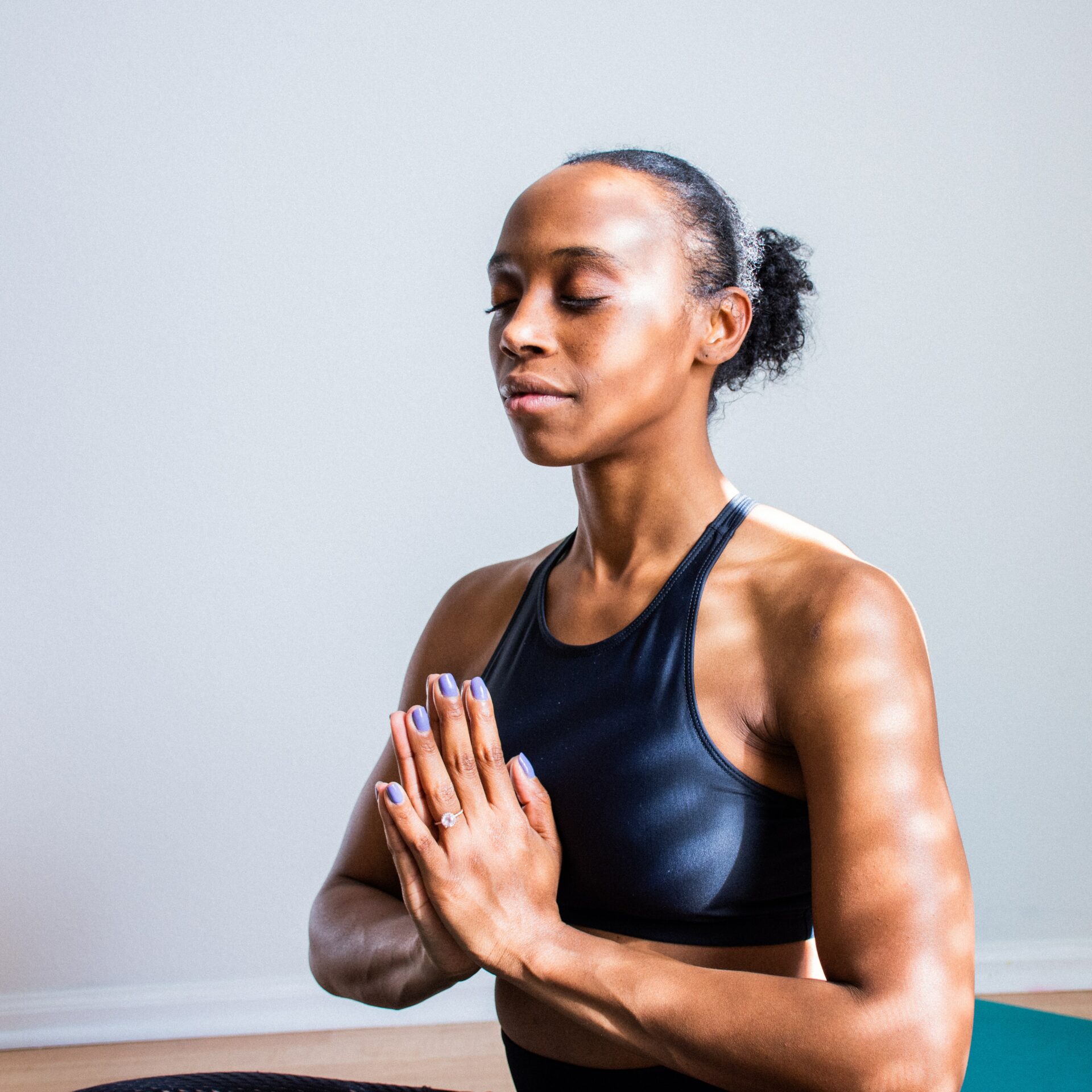
NourishDoc doesn’t provide medical advice, diagnosis, treatment, or prescriptions. Read our terms of use, privacy & medical disclaimer for more info
A 47-year-old female patient presented for Chiropractic care with a thirteen-year history of temporomandibular joint pain (TMJ) rated as a 8/10 (with 10 being most painful), disturbances in vision, deviated septum, restricted left sinus, fibromyalgia, chronic fatigue, excessive daytime sleepiness, “stone-like” muscles, chronic “vice-like” headaches, cognitive impairments, insomnia, chronic myofascial neck and shoulder pain, low back pain with radiation into her right leg, and a burning type pain bilaterally into her legs and feet. She had also been prescribed and utilizing amitriptyline medication for thirteen years, an antidepressant to help with insomnia. She additionally reported that for the past 13 years, most days were spent in bed, with any physical activity disabling her in pain. Prior to care, she began using the guaifenesin protocol for fibromyalgia for two months, and reported it decreasing the “trigger point” symptoms from a 10/10 to 9/10.
Examination revealed narrow transverse upper dental arches with an anterior premature contact. Maxillary bone deficiency was found with ridging and exostosis. Decreased anterior translation of the right TMJ with palpatory pain and clicking upon opening was noted along with increased anterior translation of her left TMJ. Pain was elicited with palpation to the masseters, temporalis, suboccipitals and medial and lateral pytergoid muscles.
Examination of the teeth showed evidence of clenching and grinding. Cervical spine range of motion was limited and painful. Cervical foraminal compression was positive on the right localizing to the C5 level. Bilateral pain was produced in the posterior sacro-iliac joints with bilateral straight leg lifting at seventy degrees. The left temporal bone was restricted in extension (internal rotation) to palpation and a spheno-maxillary distortion pattern was also determined.
Prior to the examination a sleep study was conducted at Stanford on 2/9/2016. The sleep study revealed a Respiratory Disturbance (RDI) Index of 26 or (5.4/hour) and an Apnea Hypopnea Index (AHI) of 26. Also, it was noted that the oxyhemoglobin saturation (Sp02) was 96% during sleep.
See: Acupuncture For Sleep Disorders
Treatment:
Eight SOT cranial dental appointments incorporating sacro occipital technique (SOT) intraoral cranial adjustments, sphenomaxillary craniopathy, and neuro emotional technique (NET) for stress related symptoms.
Intraoral maxillary cruciate decompression, restoring bilateral frontal/zygomatic suture movement, releasing zygomatic torsion, opening sphenomaxillary distortions through a “cant hook” maneuver, correcting the primary category temporal bone fixation pattern, category two (supine pelvic block placement) followed by category one (prone pelvic block placement) based on signs and symptoms, and utilizing NET for unresolved emotional issues affecting physical alignment as needed.
Two weeks into treatment she was referred to a dentist who determined her need and fabricated a lower occlusal Gelb mandibular splint for her to use. Instructions were to wear the splint only during sleep hours indefinitely, unless functional orthodontia was followed to correct the severe bite abnormalities. The collaborative chiropractic and dental treatment took place over five weeks.
,

NourishDoc doesn’t provide medical advice, diagnosis, treatment, or prescriptions. Read our terms of use, privacy & medical disclaimer for more info

This website uses cookies so that we can provide you with the best user experience possible. Cookie information is stored in your browser and performs functions such as recognising you when you return to our website and helping our team to understand which sections of the website you find most interesting and useful.
Strictly Necessary Cookie should be enabled at all times so that we can save your preferences for cookie settings.
If you disable this cookie, we will not be able to save your preferences. This means that every time you visit this website you will need to enable or disable cookies again.